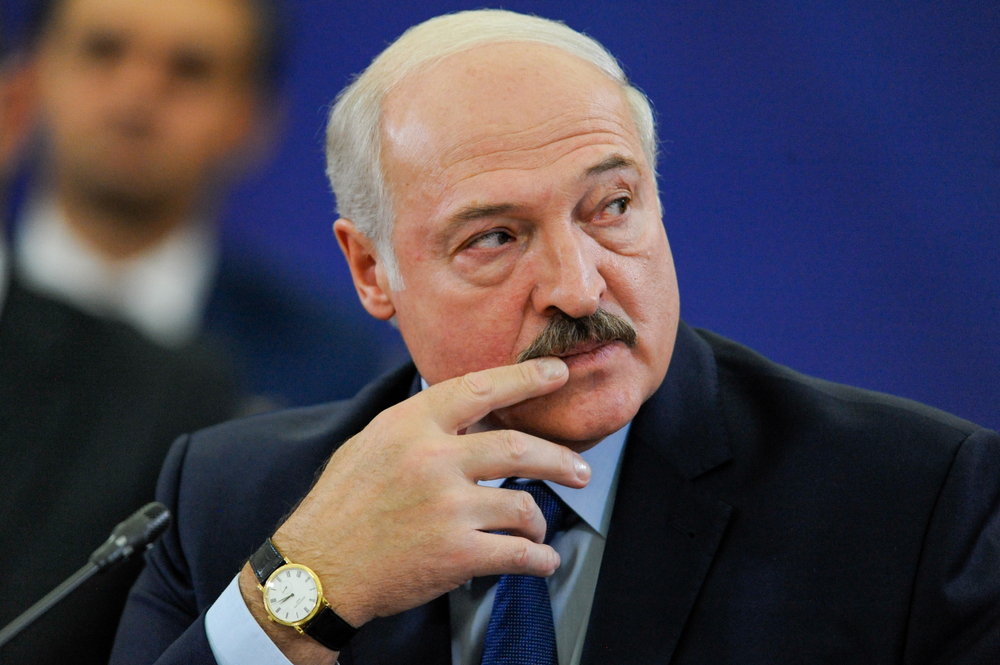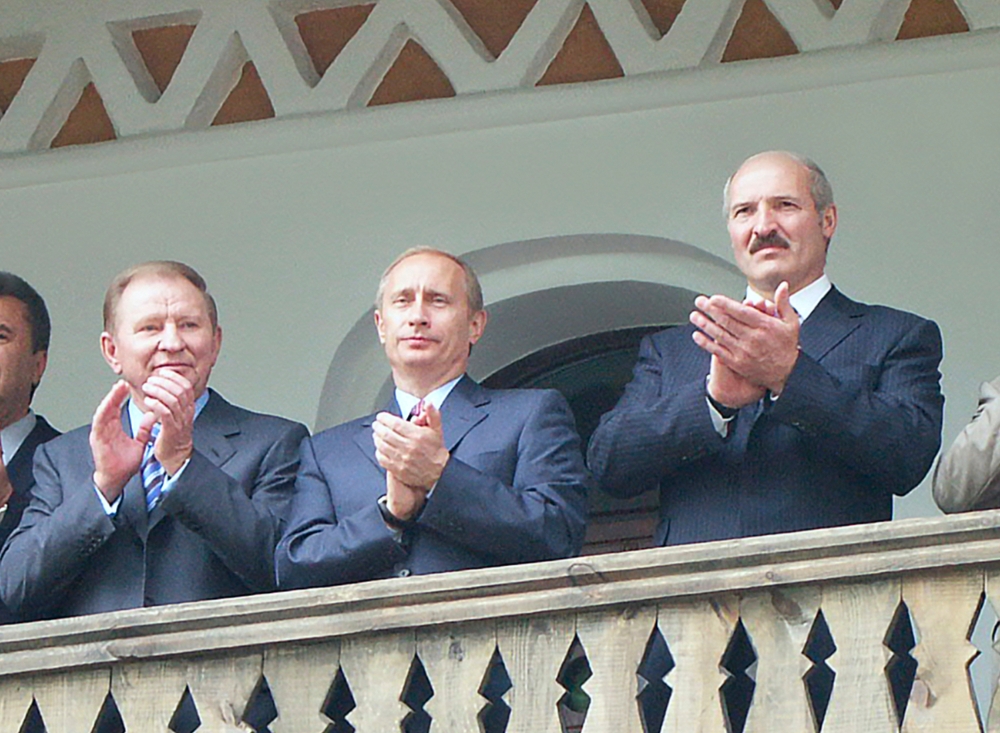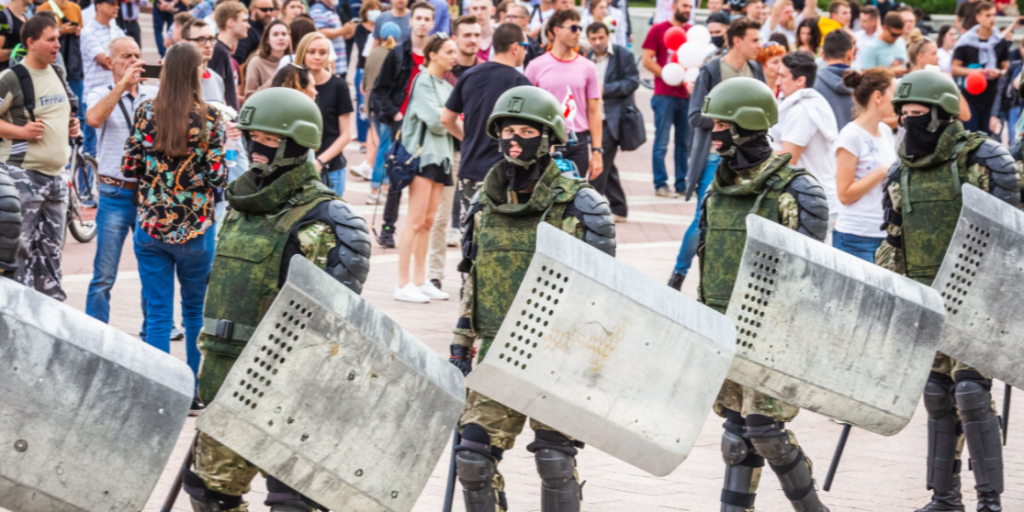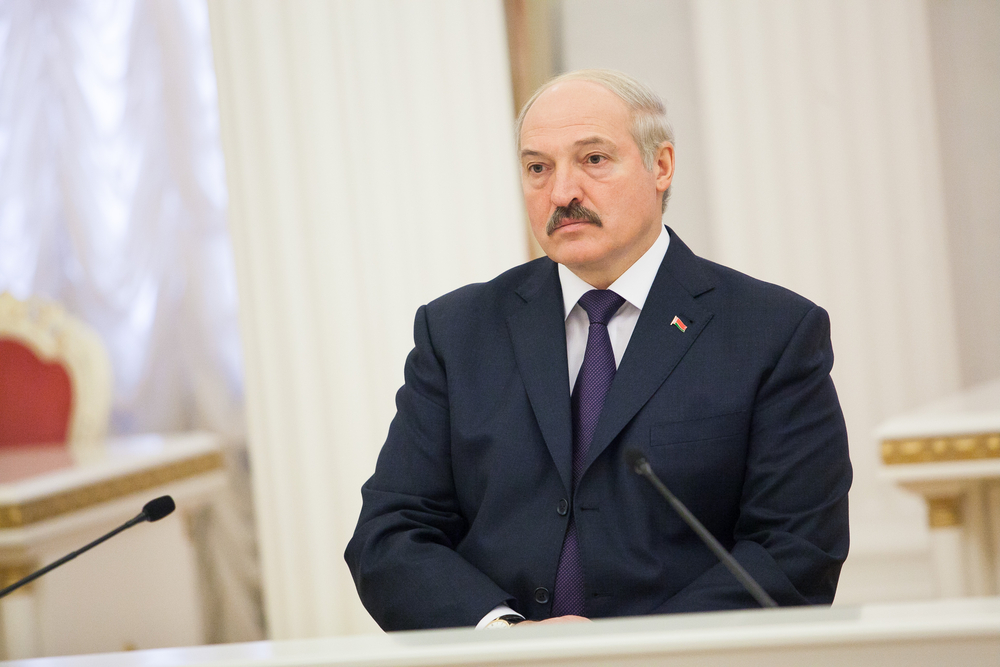The country is reportedly on the brink of an economic meltdown.
Others are reading now
The country is reportedly on the brink of an economic meltdown.
What is happening?

Belarus is teetering on the edge of economic collapse as President Alexander Lukashenko’s regime grapples with a spiraling budget deficit, a shrinking workforce, and an unsustainable pension system.
Long seen as one of Vladimir Putin’s closest allies, Lukashenko now faces mounting pressure to fix a crumbling economy, according to Ukrainian intelligence reports.
Three desperate options on the table

Officials in Minsk are reportedly weighing three dramatic responses to the crisis: increasing taxes, slashing social welfare programs, or bringing in hundreds of thousands of foreign workers.
“The authorities of the RB are considering three main scenarios to resolve the problem,” stated Ukraine’s Foreign Intelligence Service.
Also read
Tax hikes could hit first

Ukrainian intelligence suggests that if Belarus’s financial hole worsens, new tax initiatives will be rolled out quickly.
This move would likely hit ordinary Belarusians hard, especially with inflation and wage stagnation already biting.
Taxes are seen as the regime’s fastest fix, but also the most politically risky.
Putin’s embattled puppet

Lukashenko’s close ties to Russian President Vladimir Putin have made him a controversial figure across Europe.
Often called “Putin’s Puppet,” his grip on power has grown more dependent on Moscow since violently suppressing dissent after the disputed 2020 election.
Also read
Now, economic desperation is further exposing the fragility of his regime.
Demographic collapse looms

Belarus is suffering from a dire demographic crisis.
Fewer babies are being born, the population is aging rapidly, and skilled workers are leaving the country in droves.
This dangerous combination is shrinking the tax base while increasing pressure on the pension system.
Brain drain after 2020 crackdown

Lukashenko’s brutal response to protests in 2020 drove out tens of thousands of professionals.
Also read
Doctors, engineers, and IT specialists fled the country, creating critical shortages in both technical and blue-collar roles.
The long-term effects of this mass exodus are now being felt across the economy.
Regime looks East for labor fix

To counter the worker shortage, the Lukashenko regime is turning to Asia.
According to Ukrainian sources, plans are in motion to import hundreds of thousands of migrant workers from Asian nations.
This move is aimed at patching labor gaps in key industries like construction, healthcare, and manufacturing.
Also read
Migrant workforce as a stopgap

Bringing in foreign labor may offer temporary relief, but it’s unlikely to fix the underlying problems.
Cultural integration, language barriers, and logistics make the mass recruitment of migrant workers a complex solution.
Critics argue it’s a short-term patch for a long-term crisis.
Social spending cuts on the horizon

Another option being floated is slashing social services, including benefits, healthcare funding, and pensions.
This could provoke significant unrest among the already strained population.
Such cuts would hit the most vulnerable hardest, further eroding public trust in the government.
Also read
A nation at a crossroads

Belarus is approaching a tipping point. With its economy weakening, workforce dwindling, and public discontent rising, Lukashenko’s regime is under immense strain.
Whether through taxes, foreign labor, or austerity, none of the proposed fixes come without political and social costs.

